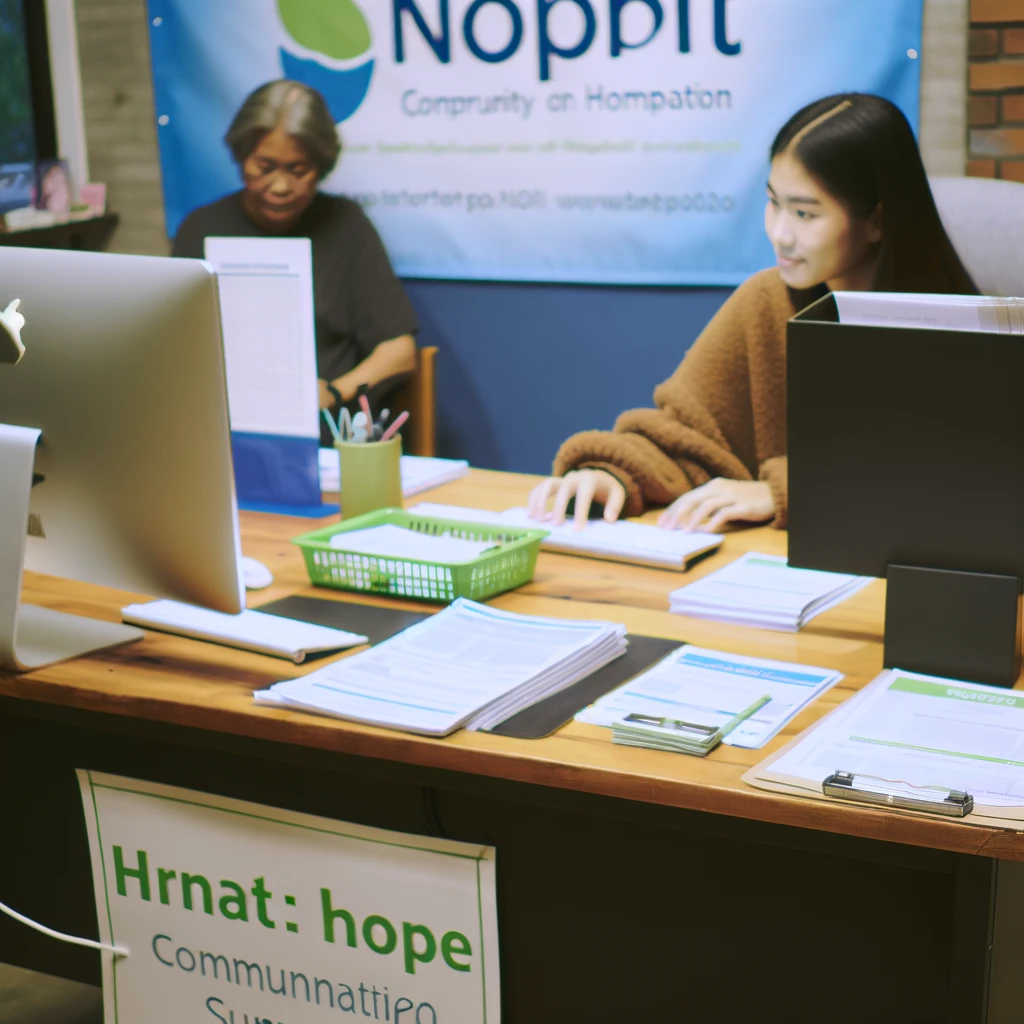
In the world of nonprofit endeavours, innovation is not a word we hear as often as we ought to. In this sphere, where resources are often limited but the drive to make a difference is boundless, the path from a novel concept to meaningful community change demands more than just good intentions; it requires a strategic and evidence-based approach to validation and implementation. It does not matter if this is for a new program, service or social enterprise–the path to innovation is difficult and risk filled.
The quest to innovate within the nonprofit sector is fraught with challenges, yet it holds the promise of unparalleled rewards: the potential to address unmet needs, empower communities, and foster sustainable change. Change-makers, visionaries, and anyone within the nonprofit realm who seeks to not only dream big but also to anchor those dreams in the practicalities of real-world impact are often filled with ideas but encounter resistance from Executive Directors, Boards and stakeholders before innovation can be fully achieved.
I remember working with an individual in the sector years ago. Every program she designed was gold. She saw a need, envisioned a solution and went for it. She was so charismatic, she always convinced managers and boards to support her solutions. If she misstepped, it was never a large gap between her proposed solution and the correct one. She was able to design program after program that was fully funded and had amazing outcomes.
While not all of us have the intuition of my former colleague, we can all have the same impact. From initial ideation to the moment of community impact, every step is an opportunity to refine, learn, and grow. We talk about pilot programs, but before we even get to a pilot, there is a whole process for validating if our concepts are correct.
In my experience, when we have the idea for a new program it is generally under one of the following scenarios:
- a. Adaptation of existing program
- b. Observation of unmet need in clients or in the market
- c. New grant opportunity -either adapt existing program or develop new one to fit grant objectives
In all of these cases, we need a process for innovating. While we can dream up amazing programs, we need to ensure that they fit a market need, fulfill a theory of change but are innovative or unique enough to add value to many already crowded ecosystems.
Validating Your Concept
To borrow a concept often used in the business world, we need to be validating our concepts. Concept validation is an essential early phase in the validation process, primarily embedded within the first few stages of ideation but not limited to a single step. It spans across understanding the community’s needs, defining the objectives and outcomes of the program, and conducting a feasibility study. Here’s how it fits into a structured approach:
- Identify Need and Opportunity:
- Community Needs Assessment: Part of concept validation involves ensuring that there is a genuine need for the proposed program or service within the target community.
- Market Analysis: Validating the concept also includes analyzing the market to ensure that there is a space for the new program and that it does not duplicate existing services unnecessarily.
2. Define Program Objectives and Outcomes:
- Objective Setting: The process of setting objectives requires a clear understanding of what the new program aims to achieve, which is part of validating the concept against the organization’s mission and community needs.
- Outcome Metrics: Establishing how success will be measured is also a form of concept validation, ensuring that the proposed outcomes are desirable, achievable, and aligned with both the organization’s goals and community needs.
3. Feasibility Study:
- Resource Assessment: Assessing whether the organization has or can obtain the necessary resources (human, financial, material) to implement the program is a crucial part of concept validation.
- Risk Analysis: Identifying potential risks and challenges early on helps validate whether the concept is sound and feasible, and what adjustments might be necessary to mitigate these risks.
| Stage | Relevance to Concept Validation |
|---|---|
| Identify Need and Opportunity | Assess community need, market gap |
| Define Program Objectives and Outcomes | Set clear, aligned objectives and outcomes |
| Feasibility Study | Evaluate resources, risks, feasibility |
Concept validation is thus a thread that runs through these initial stages, ensuring that the idea for a new program, social enterprise, or service is not only needed and wanted by the community but also viable and sustainable for the organization to undertake. It’s about testing assumptions, gathering initial feedback, and making sure the concept aligns with strategic goals before moving ahead with more detailed planning and development.
If you are starting or launching a new venture, I would recommend incorporating these stages into your program, service or social enterprise design. It may be an upfront expense, but it will save you the much larger costs of a wrong business decision.
If you found value in this blog, we would love to hear from you. Please feel free to contact hello@pharononprofit.com to give us feedback, ask questions or leave your comments.
You can also access more content on this and other issues facing nonprofits by joining our community at: https://nonprofitportal.com/join-n




